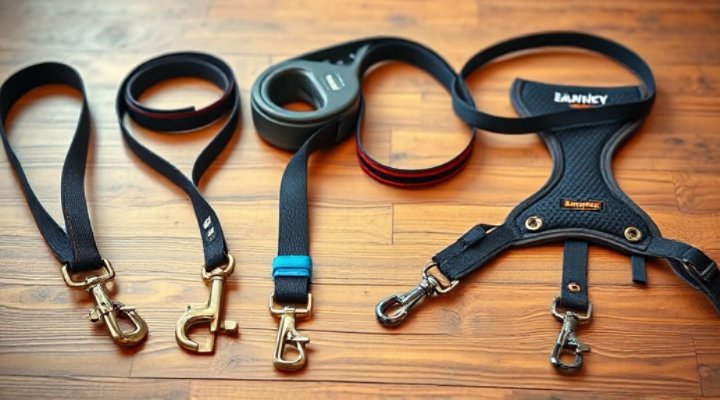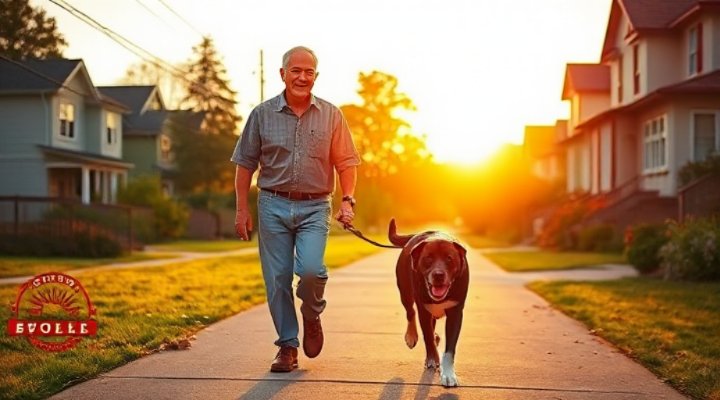Training your dog to walk properly on a leash is one of the most important skills you can teach your furry companion. Not only does good leash manners make walks more enjoyable, but it also ensures safety for both you and your pet. In this comprehensive guide, we’ll cover everything you need to know about dog walking training, from basic techniques to troubleshooting common problems.

Why Proper Leash Training Matters
Before diving into the how-to’s, let’s discuss why dog walking training is so crucial. A well-trained walking companion means:
- Reduced risk of injury from pulling or lunging
- More enjoyable outdoor time for both of you
- Better socialization opportunities with other dogs and people
- Increased freedom to take your dog more places
According to the American Veterinary Medical Association, regular walks are essential for your dog’s physical and mental health. However, without proper training, these outings can become stressful rather than beneficial.

Essential Equipment for Dog Walking Training
The right tools can make all the difference in your training success. Here’s what you’ll need:
1. The Right Leash
For training purposes, a standard 4-6 foot leash is ideal. Avoid retractable leashes during the initial training phase as they don’t provide consistent feedback. Our article on choosing the best puppy leash offers more detailed recommendations.
2. Proper Collar or Harness
Consider your dog’s size and pulling tendency. A front-clip harness can be particularly helpful for strong pullers, while a flat collar may suffice for smaller or less excitable dogs.
3. High-Value Treats
Small, smelly treats that your dog loves will be your best training allies. Keep them handy in a treat pouch during walks.

Step-by-Step Dog Walking Training
Now, let’s break down the training process into manageable steps:
1. Start Indoors
Begin in a low-distraction environment like your living room. Attach the leash and let your dog get used to the feeling. Reward calm behavior with treats and praise.
2. Teach the ‘Let’s Go’ Cue
Say “Let’s go” cheerfully and take a few steps. When your dog follows, immediately reward. This creates positive association with walking beside you.
3. Master the Heel Position
The ideal walking position has your dog’s shoulder aligned with your leg. Use treats to lure them into position and reward frequently at first.
4. Handle Pulling Immediately
When your dog pulls, stop walking completely. Only proceed when there’s slack in the leash. This teaches that pulling gets them nowhere.

Troubleshooting Common Walking Problems
Even with consistent training, you might encounter some challenges:
1. Excessive Pulling
If stopping doesn’t work, try changing direction whenever your dog pulls. This makes you unpredictable and encourages them to pay attention.
2. Reactivity to Other Dogs
Create distance from triggers and reward calm behavior. Our guide on reactive dog training offers more specialized techniques.
3. Distraction Issues
Use higher-value treats in distracting environments and gradually increase difficulty as your dog improves.

Making Walks Enjoyable for Both of You
Remember, dog walking training should be a positive experience. Keep sessions short at first (5-10 minutes) and always end on a good note. As your dog improves, you can:
- Gradually increase walk duration
- Add more challenging environments
- Incorporate fun training games
The American Kennel Club recommends making training sessions fun and varied to maintain your dog’s interest.
With patience and consistency, your dog will learn to walk politely on leash, making your outings something you both look forward to. For more advanced training techniques, check out our article on top dog training methods.
Related Keywords: leash training dogs, how to stop dog pulling, walking dog properly, dog behavior training, best leash for training, teach dog to heel, dog walking etiquette, loose leash walking

